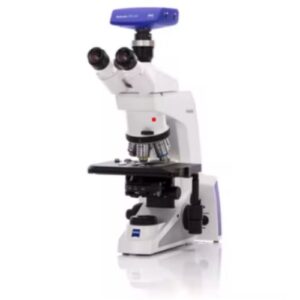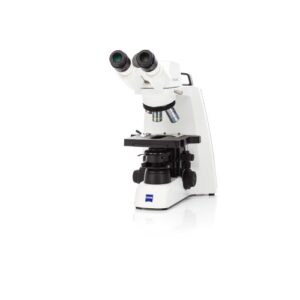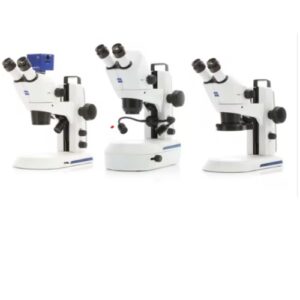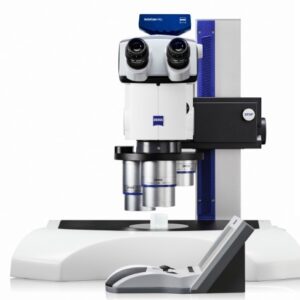Source: Unsplash
It’s become a bit of a sitcom trope lately that parents are always asking their kids to put down their phones. But many don’t see their phones as “phones” anymore, and in fact, for most people, placing calls is the least frequent activity they do. But there’s one application of mobile phones that you may be shocked to hear: microscopy. Researchers at Ritsumeikan University have published an article suggesting that low-end microscopy might be entirely done from your cell phone! Mobile phone technology has led to implementation of portable and inexpensive “mobile microscopes,” and the results are promising. Maybe in the future we’ll see sitcoms parents telling their kids to pick up their phones and do their science homework…
But how good can mobile microscopes be?
Better than you might think! In their article, Ogasawara et. all demonstrate that by using as few as 37 LED bulbs, a mobile-phone-based LED array microscope can produce multi-modal imaging with bright-field, dark-field, phase-contrast, and Rheinberg illumination techniques. Not bad for a device that can fit in your pocket.
Using this microscope, the researchers obtained high-contrast images of living cells. Furthermore, by changing the color combinations of Rheinberg illumination, they were able to obtain images of living chromatic structures with enhanced or diminished contrast. Ogasawara and crew expect this technique to be a foundation for high-contrast microscopy used in modern field studies.
What’s the setup?
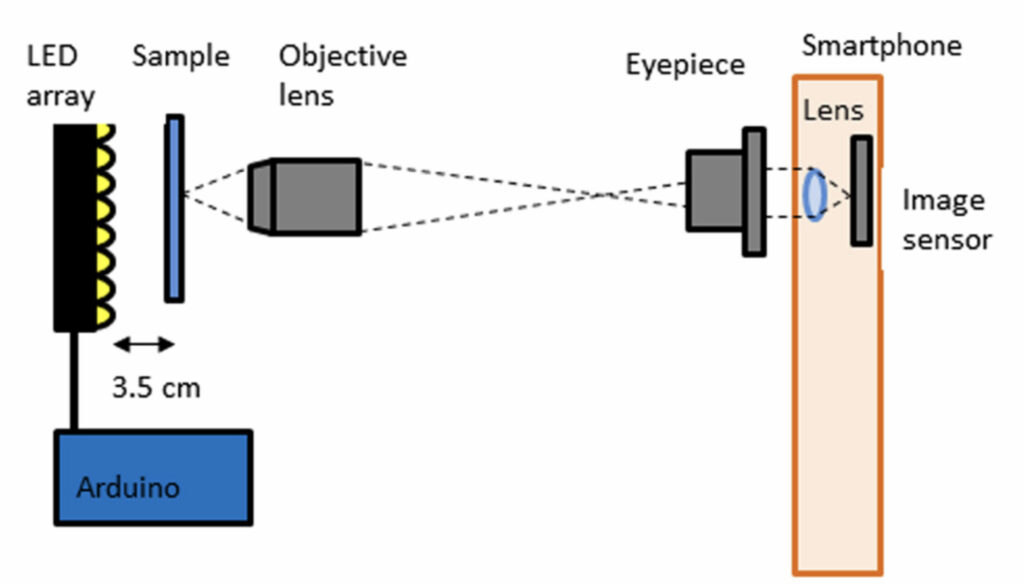
Source: Mobile-phone-based Rheinberg microscope with a light-emitting diode array
The setup is relatively simple. The schematic for a mobile-phone-based LED array microscope is presented in the figure above. The microscope consists of an objective lens, an eyepiece, and a smartphone camera. In their experiment, an objective lens (LMPlanFL 50×; Olympus Corp.) with an NA of 0.50 was used. An RGB full color dot matrix LED array (8 × 8 dot, Product ID; 1487, Adafruit Industries) was used as a light source. Among 64 LED bulbs, we used 37 bulbs at maximum to obtain multimodal images. The eyepiece was used with magnification of 10 and field number of 22 (WHN10X; Olympus Corp.). Researchers implemented the objective lens and eyepiece in a barrel (TV-IE; Chuo Precision Industrial Co. Ltd.). Light from the LED array illuminates the specimen. Light transmitted from the specimen was recorded as an image on the smartphone camera. So, as you can see, the entire setup could easily fit into a backpack, which is a refreshing change of pace from the huge industrial equipment found in most labs.
There are a number of benefits to mobile microscopes, but the main one is accessibility. Nowadays, especially during the pandemic, young researchers might not have access to full lab equipment. Mobile microscopes might be able to make the fascinating world of microscopy more accessible to a wider audience, which may lead to an entirely new generation of researchers. For more microscopy news, be sure to check out our blog on www.nuhsbaum.com.
Ogasawara Y, Sugimoto R, Maruyama R, Arimoto H, Tamada Y, Watanabe W. Mobile-phone-based Rheinberg microscope with a light-emitting diode array. J Biomed Opt. 2018 Sep;24(3):1-6. doi: 10.1117/1.JBO.24.3.031007. PMID: 30246509; PMCID: PMC6975239.


